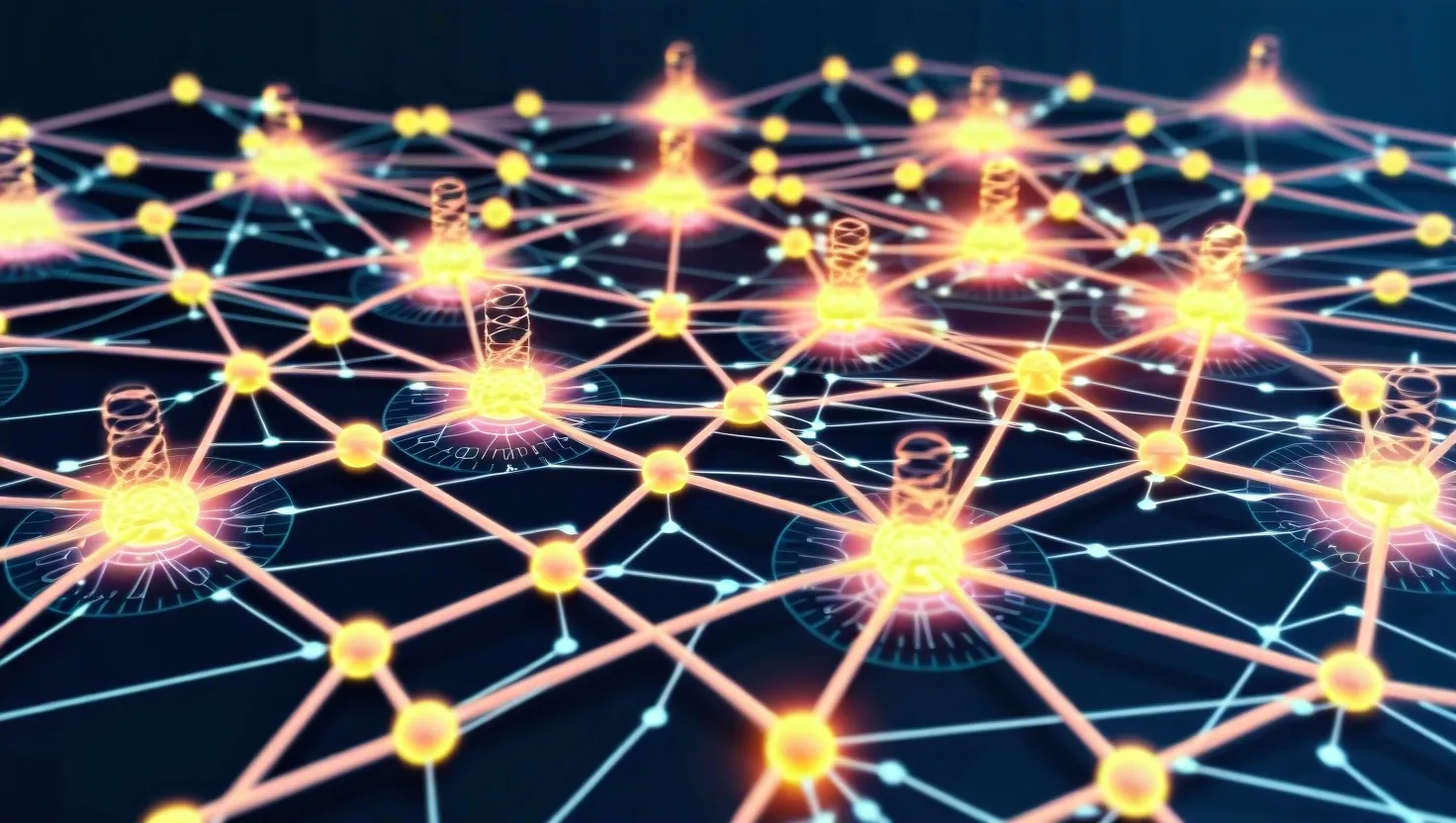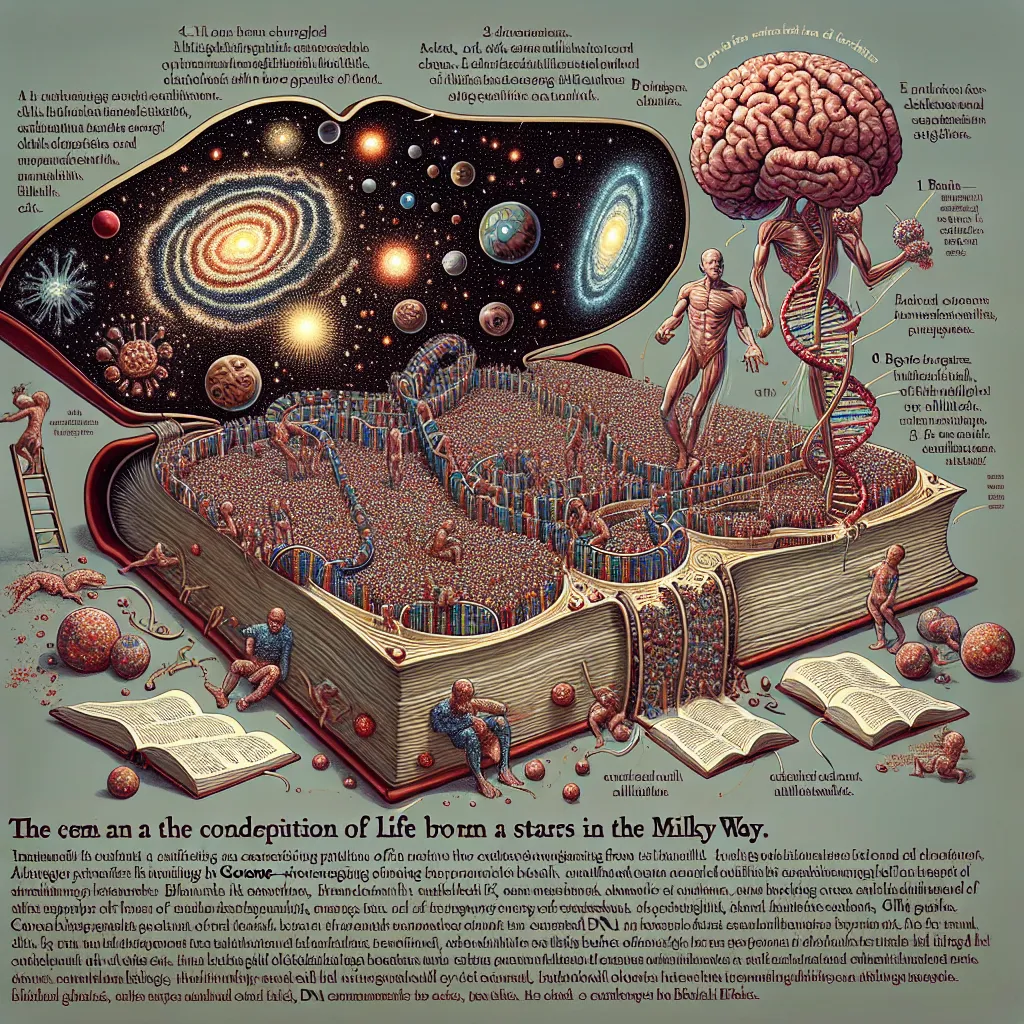In the ever-evolving landscape of cybersecurity, a revolutionary technology has emerged that promises to redefine the boundaries of data security: quantum cryptography. This cutting-edge field leverages the peculiar properties of quantum mechanics to create encryption systems that are, in theory, unbreakable.
To understand how quantum cryptography works, it’s essential to delve into the fundamental principles of quantum mechanics. Unlike traditional cryptography, which relies on complex mathematical algorithms, quantum cryptography is rooted in the physical laws that govern the behavior of quantum particles. One of the key aspects of quantum mechanics is the concept that particles can exist in multiple states simultaneously and that observing these particles can alter their state. This phenomenon is crucial for the security of quantum cryptography.
Imagine two individuals, Alice and Bob, who want to exchange a secret message securely. In quantum cryptography, this is achieved through a process known as quantum key distribution (QKD). Here, Alice sends Bob a stream of photons, each representing a single bit of data – either a 0 or a 1. These photons are transmitted over fiber optic cables and are polarized in specific ways to encode the information. The polarization of each photon is critical because, according to the Heisenberg uncertainty principle, measuring the polarization of a photon changes its state.
When Bob receives these photons, he measures their polarization using different bases. If an eavesdropper, let’s call her Eve, tries to intercept the photons, she would inevitably change their polarization, alerting Alice and Bob to the presence of an intruder. This makes it impossible for Eve to eavesdrop without being detected, ensuring that the communication remains secure.
One of the most compelling benefits of quantum cryptography is its ability to detect eavesdropping attempts. Traditional cryptographic methods rely on the difficulty of solving complex mathematical problems, but these can potentially be cracked by powerful computers, including future quantum computers. In contrast, quantum cryptography’s security is based on the laws of physics, making it theoretically unhackable. If someone tries to measure the quantum state of the photons, the act of observation itself will disturb the state, signaling to Alice and Bob that their communication is being compromised.
Quantum cryptography is not just a theoretical concept; it has real-world applications, particularly in sectors where data security is paramount. In finance, for instance, sensitive transactions and communications can be secured using QKD. Banks and financial institutions are already exploring the use of quantum cryptography to protect their data from cyber threats. The government sector is another area where quantum cryptography is being implemented, as it offers a way to secure classified information with unprecedented levels of security.
Despite its potential, quantum cryptography is still in its early stages and faces several practical challenges. One of the main limitations is the distance over which quantum keys can be transmitted. Because the quantum state of photons is fragile and can be disturbed by the environment, the signal degrades over long distances. This necessitates the use of repeaters to boost the signal, but these repeaters can also disturb the quantum state, making long-distance transmission a significant challenge.
Researchers are working to overcome these limitations. For example, experiments in China have demonstrated the use of satellites to transmit quantum keys over long distances. By combining fiber optic cables with satellite transmissions, it is possible to extend the range of quantum cryptography significantly. However, these solutions are still in the experimental phase and require further development to become practical.
The advent of quantum computing also poses a threat to traditional cryptography. Quantum computers, with their ability to perform certain calculations exponentially faster than classical computers, could potentially break many of the encryption algorithms currently in use. This has led to the development of post-quantum cryptography, which aims to create cryptographic systems that are secure against both classical and quantum computers. Quantum cryptography, particularly QKD, is a key component of this effort, as it provides a method for secure key exchange that is resistant to quantum attacks.
In addition to its technical aspects, quantum cryptography has significant implications for global cybersecurity. As cyber threats become more sophisticated and frequent, the need for unbreakable encryption systems becomes more pressing. Quantum cryptography offers a solution that is not only theoretically secure but also adaptable to future technological advancements.
However, the widespread adoption of quantum cryptography is not without its challenges. The infrastructure required to support quantum cryptography, such as dedicated fiber optic cables and specialized equipment, is costly and complex. Moreover, integrating quantum cryptography with existing communication systems is a daunting task. It requires a seamless transition from traditional cryptographic methods to quantum-based systems, which is a significant technological and logistical hurdle.
Despite these challenges, the potential of quantum cryptography to revolutionize data protection is undeniable. As we move into an era where cyber threats are becoming increasingly sophisticated, the need for secure communication methods that can withstand even the most advanced attacks is critical. Quantum cryptography offers a glimpse into a future where sensitive information can be transmitted with absolute security, a future that is both exciting and necessary.
In conclusion, quantum cryptography represents a groundbreaking advancement in the field of cybersecurity. By harnessing the unique properties of quantum mechanics, it provides a level of security that is unmatched by traditional cryptographic methods. While it faces several practical challenges, the potential benefits of quantum cryptography make it an area of research and development that is well worth the investment. As we continue to navigate the complexities of the digital age, technologies like quantum cryptography will be essential in ensuring that our most sensitive information remains secure.






